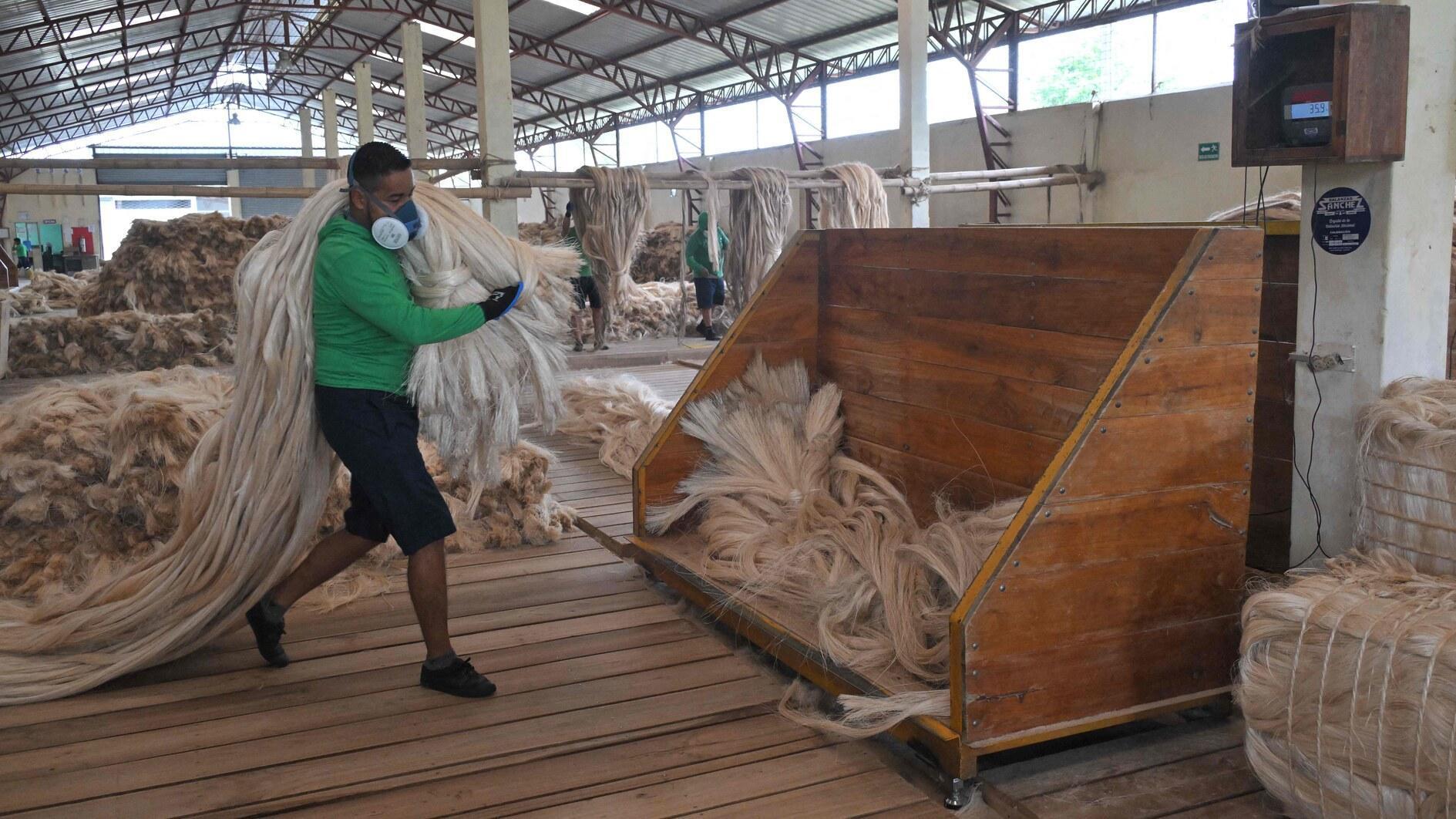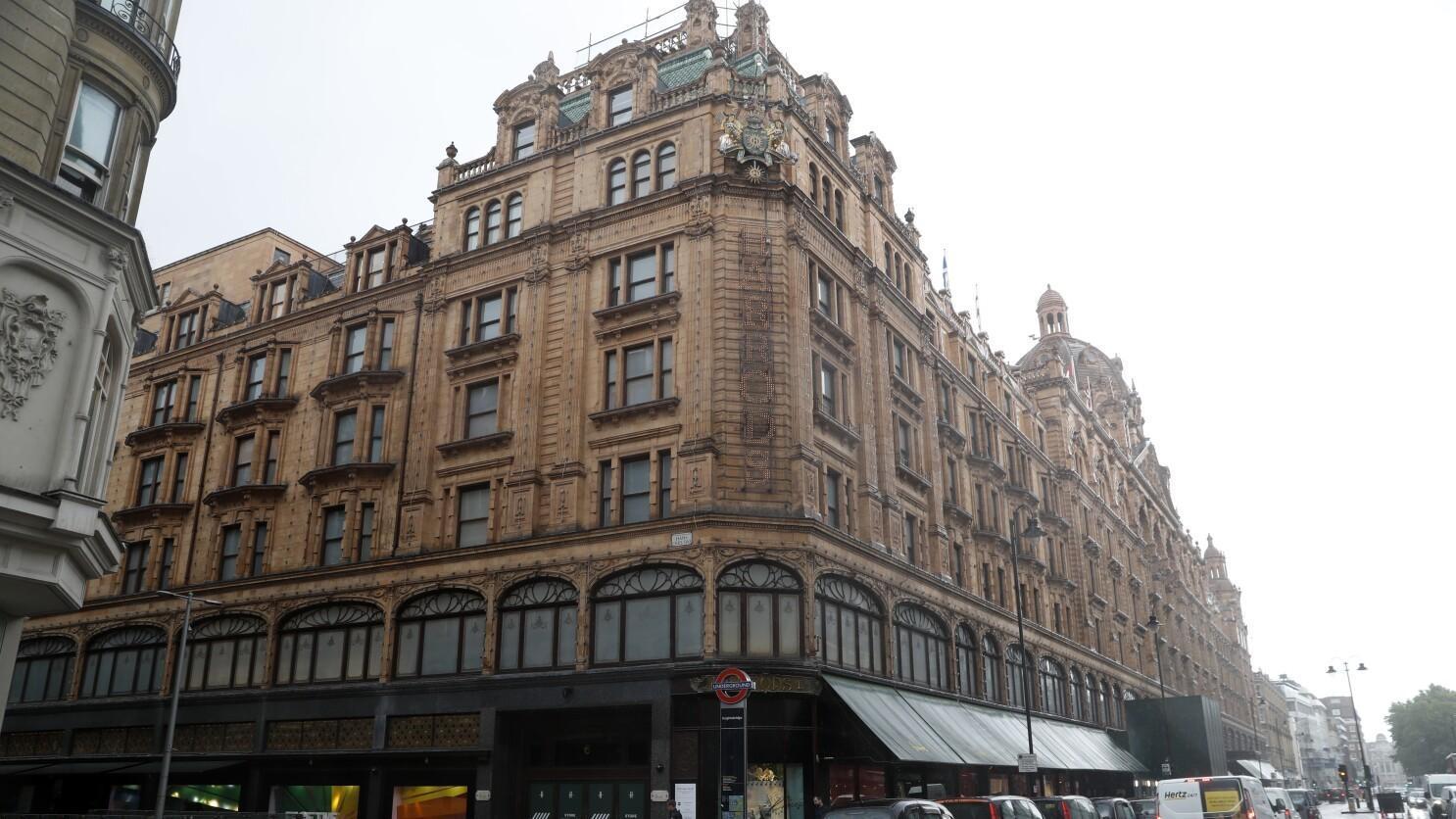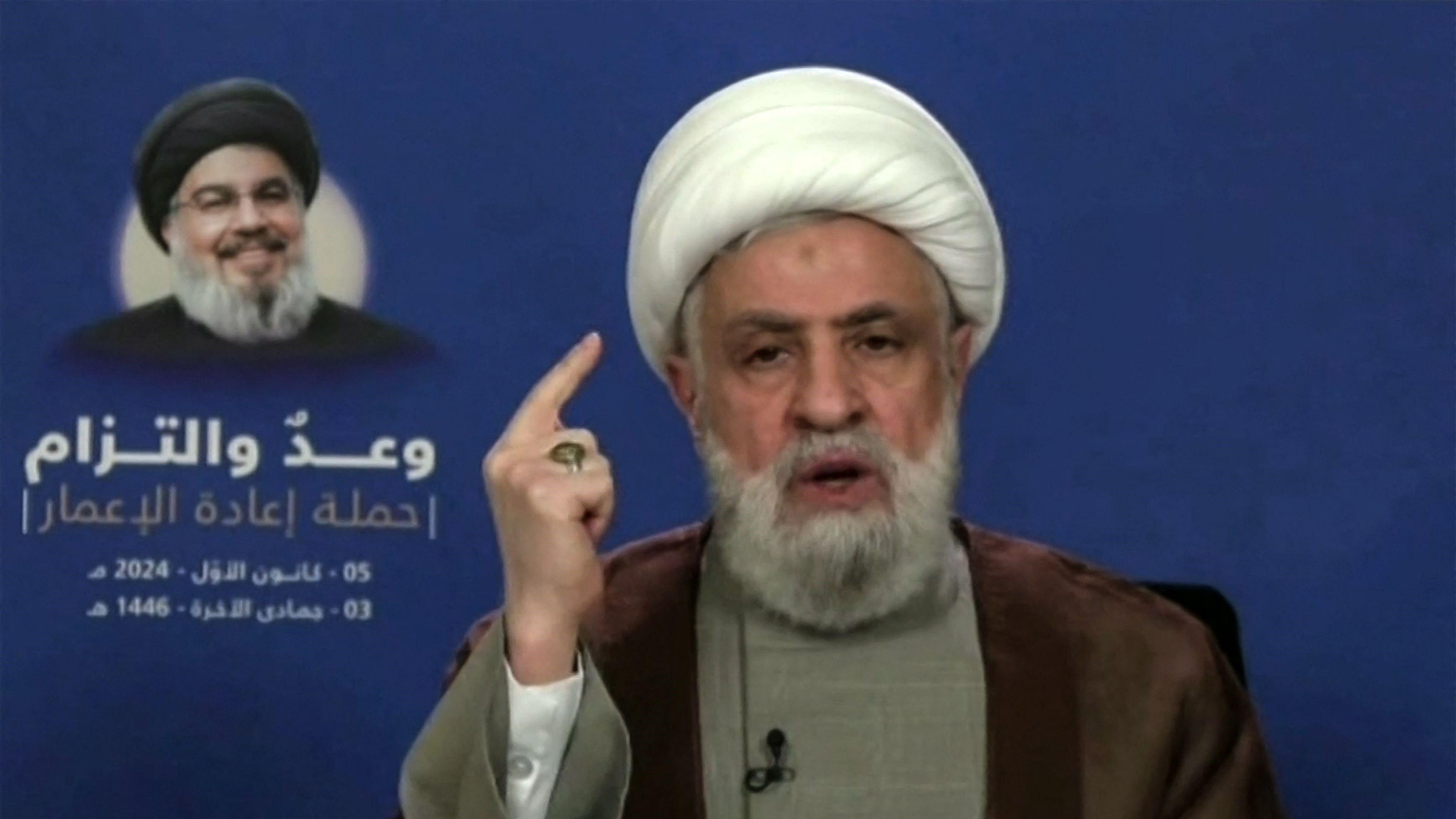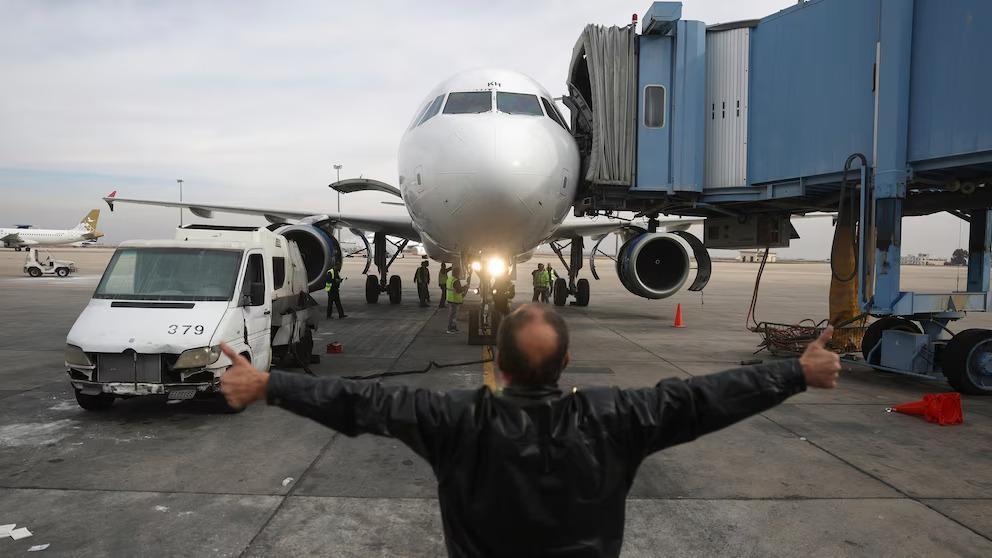Exhibition unveils ancient archaeology
ISTANBUL

The archaeological artifacts selected for the exhibition were discovered at various excavation sites in Turkey.
The archaeological artifacts selected for the exhibition were discovered at various excavation sites in Turkey.he archaeological artifacts selected for the exhibition were discovered at various excavation sites in Turkey, yet subjected to a particular classification system and deemed unworthy of exhibition. The Ministry of Culture and Tourism classifies such pieces as “pieces of study.” According to Paragraph C, Article 3 of the Regulation on Classification, the Registration and Acceptance to Museums of Movable Cultural and Natural Heritage Requiring Protection, pieces of study are defined as “the group of protected artifacts, under Law No. 2863 on the Conservation of Cultural and Natural Heritage, which are not qualified for entry in the Artifacts Inventory Log, but rather suitable for scientific studies.” These pieces are considered deficient, formless or insignificant, as they do not seem to provide an idea about the whole they might have been part of. They are often either kept in museum storage or forwarded to the relevant departments of universities for scientific research.
Copies of 71 pieces
For this exhibition, Aslı Çavuşoğlu produced copies of a selection of the 71 pieces of study. While producing the copies, she used their original materials such as wood, bronze, glass, iron, mosaic or ceramic. The artist then completed these pieces into new “wholes,” reconstructing them with a diverse range of materials, including ceramic, rubber, epoxy, Plexiglas, felt, volcanic rock, leather and foam.
For the installation, Çavuşoğlu designed pedestals, using high-density foam, wood, and rubber. The objects in the exhibition are randomly numbered from 1 to 71. This numbering does not refer to any thematic, chronological or geographical classification.
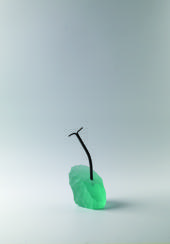 The exhibition explores the potential of forming narratives with archaeological and historical information, telling pluralistic stories through objects.
The exhibition explores the potential of forming narratives with archaeological and historical information, telling pluralistic stories through objects.In 2012, Çavuşoğlu earned “The Full Art Prize,” Turkey’s first contemporary art prize. Çavuşoğlu was chosen among 13 semi-finalists to share the grand prize.
Çavuşoğlu also attended the Frieze projects with “Murder in Three Acts,” a scripted crime drama rehearsed, performed, and filmed during the Frieze Art Fair 2012 within the framework of Frieze Projects.
The first stage of work, executed by a professional crew of actors and producers, was structured as a real-time performance, viewable by visitors to the fair. Consisting of three episodes, “Murder in Three Acts” was filmed one episode per day. Working across various media, Çavuşoğlu often assumes the role of an interpreter, writer or facilitator in her projects in order to highlight the precarious and subjective nature of our shared histories, questioning those who frame these experiences.
Çavuşoğlu is an artist concerned with how history can be read with reference to whom and what processes enable its writing and toward what end. Most of her work is nourished with experimental narrative practices that evolve out of mechanisms of erasure, repetition, reproduction and narrative interaction. She uses various mediums, such as books, videos and installations.


